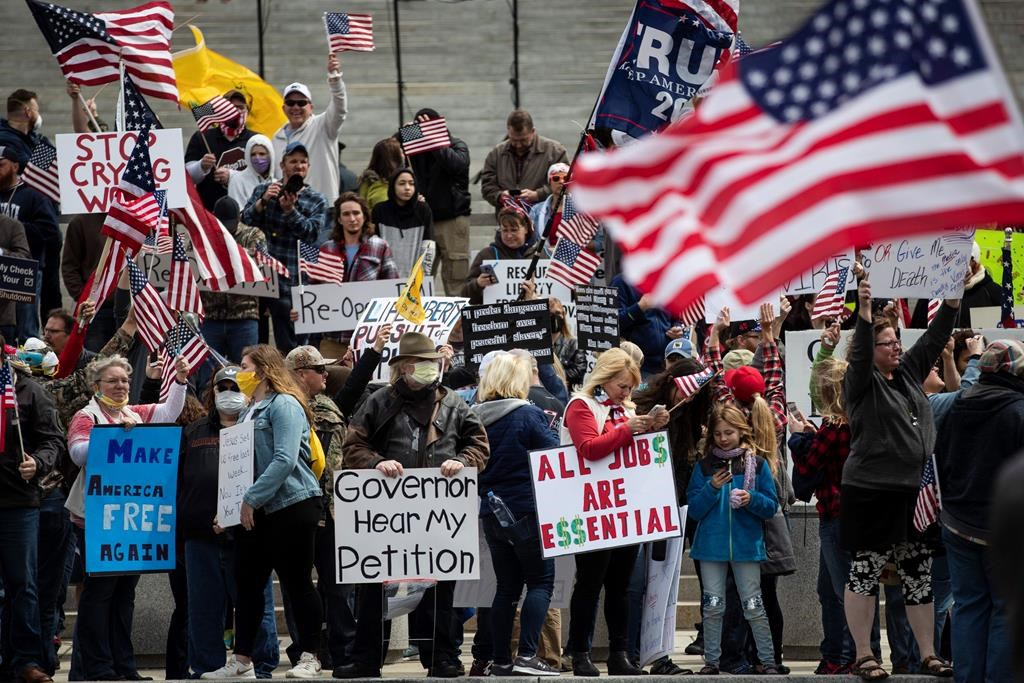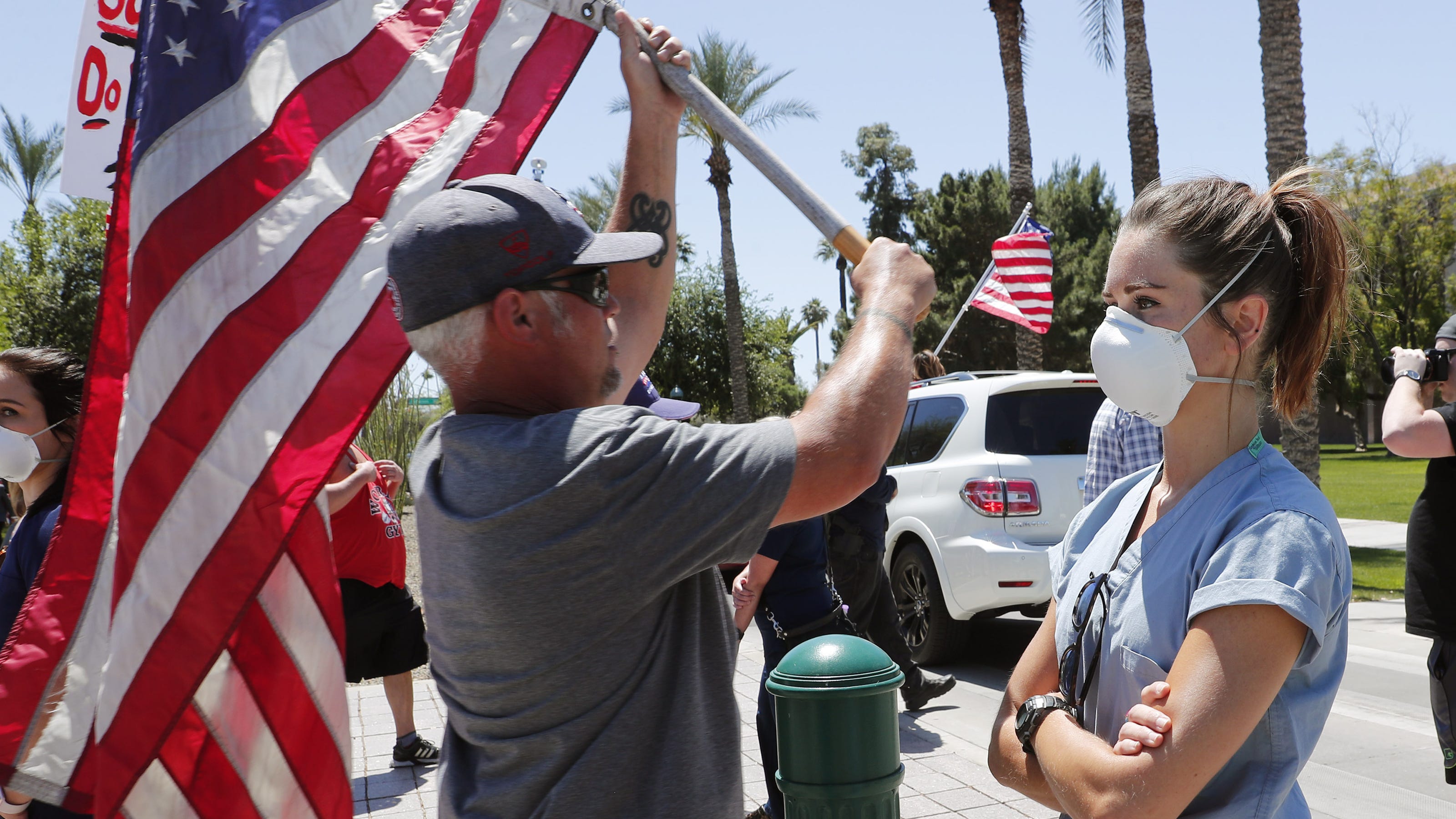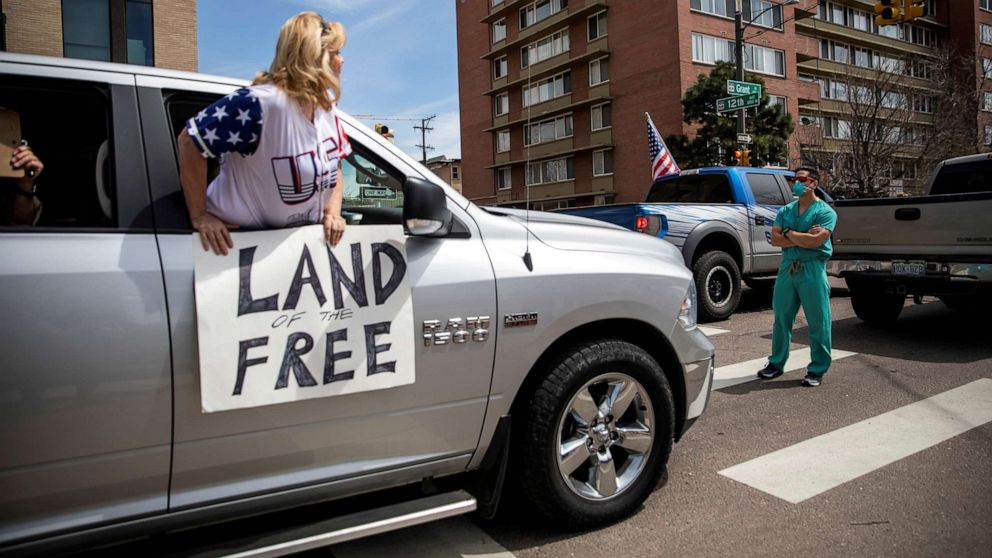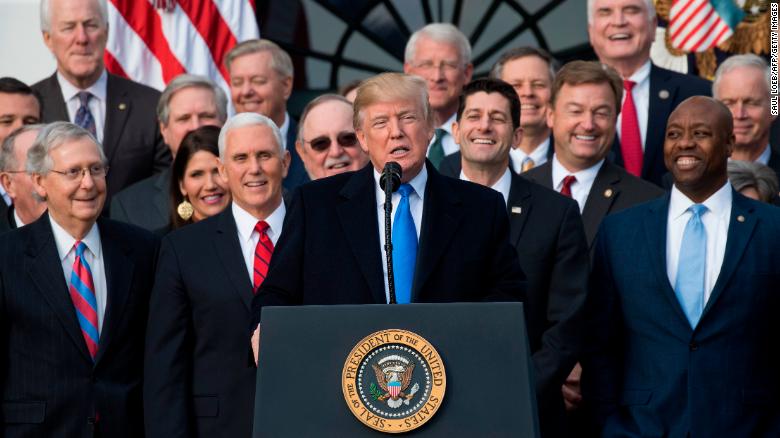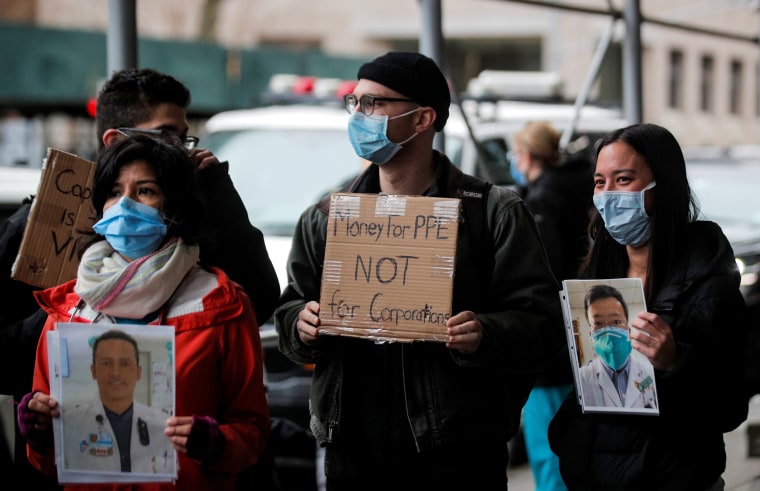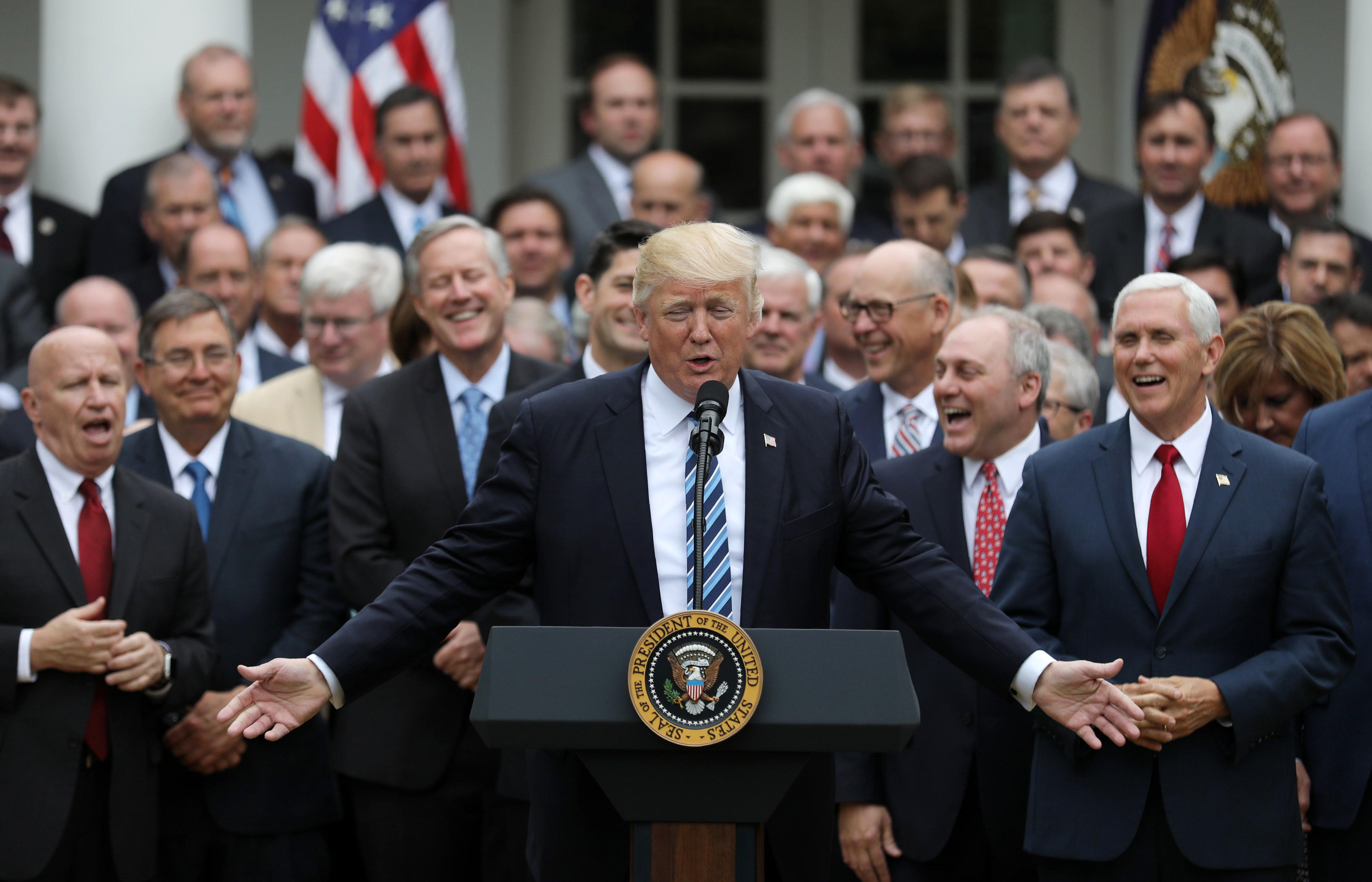Insider -U.S.
A Tennessee police chief had a message for fellow law enforcement: turn in your badge if ‘you don’t have an issue’ with George Floyd’s death

- After the video of George Floyd’s arrest and his subsequent death went viral on Monday, a Tennessee police chief tweeted his thoughts on Wednesday.
- David Roddy said that officers who don’t have an issue with Floyd’s arrest should turn in their badges.
- His tweet has since gone viral with over 159,000 retweets and 623,000 likes.
A Tennessee police chief by the name of David Roddy sent a message to his fellow officers on Twitter in response to the death of George Floyd.
On Wednesday, Chattanooga Police Department Chief David Roddy said police officers who didn’t see an issue with the graphic video that showed former Minneapolis police officer David Chauvin kneeling on Floyd’s neck as the 46-year-old repeatedly said, “I can’t breathe,” should quit the force.
“There is no need to see more video. There no need to wait to see how “it plays out”. There is no need to put a knee on someone’s neck for NINE minutes. There IS a need to DO something. If you wear a badge and you don’t have an issue with this…turn it in,” Roddy wrote.
Roddy’s tweet has since gotten over 159,000 likes and 623,000 retweets. According to the Chattanooga Police Department website, Roddy has 24 years of service under his belt.
Floyd was pronounced dead at a local hospital on Monday shortly after his arrest. Since the video starting circulating social media, Chauvin was charged on Friday with third-degree murder and second-degree manslaughter, and all four officers that were involved in the arrest were fired.
Footage of the arrest has also sparked outrage across the country causing protests in cities like Minneapolis, Atlanta, New York, Los Angeles, Denver, Detroit, Dallas, Washington, DC, and more.
Roddy did not immediately respond to Insider’s request for comment.
Read the original article on Insider
Related:
The Independent
‘The names change but the colour is always black’: Protesters on what George Floyd’s killing means to them

At the junction where a police officer was filmed kneeling on George Floyd’s neck as he gasped for air, there were shouts and cheers when it was announced the man had been charged with murder.
“Yes! Chauvin’s been charged with murder,” yelled one man. “We got one of them.”
But for the protesters gathered at 38th St and Chicago Ave, in the south of Minneapolis, any celebrations over the charging of 44-year-old white police officer Derek Chauvin, were short-lived.
People demanded that all four officers involved in the incident that led to the death of Mr Floyd be brought to justice. And what was all this with third-degree murder? He meant to kill him, people insisted It should be first-degree.
There was also agreement that until all four men were charged, the protests – both the peaceful and those that saw a police station and other buildings set ablaze – would continue.
“I can’t say I agree with burning down buildings useful to our community,” said 19-year-old student Tsunami Douglas, claiming there were reports that police had set some buildings alight. “But people have had enough.”
Her friend, Twyla Mowll, 18, said as a young person of colour growing up in south Minneapolis, they would never call the police as nobody knew how it would play out.
“Police officers are trained to serve the people,” she added. “That does not involve shooting or killing, When people have to be protected from the police, there is no point. There needs to be a new system.”
As Hennepin County attorney Mike Freeman announced the charges against Mr Chauvin, further details emerged of the incidents in which Mr Floyd’s throat was stepped on, as he lay on the floor close to Cup Foods grocery, the spot now marked with flowers and photographs.
The charge sheet claimed Mr Chauvin had his knee on Mr Floyd’s neck for eight minutes and 46 seconds. The complaint said that included nearly three minutes after the man had stopped moving and talking.
“Police are trained that this type of restraint with a subject in a prone position is inherently dangerous,” it said.

Amid the anger and dismay, one reaction few if any mentioned was surprise.
This was something that happened all the time, or at least every summer, residents said. “There needs to be a revolution,” said a 20-year-old woman called Macy, who said she was visiting her parents from New York.
“The only reason we got this murder charge was because of the burning of the buildings. So we cannot afford to let that stop,” she said.
“The white people are getting scared. They feel threatened. But America does not want to confront its past. Even Germany examined its Nazi past. Nobody will talk about slavery.”
The other three officers have been named Thomas Lane, Tou Thao and J Alexander Kueng. Mr Freeman, the prosecutor said he considered there could be charges brought against them as well, but declined to suggest what they might be.
At the spot where people took turns to speak on a microphone to the crowd, people demanded all four men were responsible for what had happened. They said none of the officers had stepped in to stop what was being done by their colleague.
“If someone like me is present where there’s a crime, I’d be charged as an accomplice,” said Sadi, a woman who asked to give one name and who said she was in her mid-40’s.
Asked how a system in which young black men repeatedly die at the hands of police could be changed, she said: “We need white people to be allies. We need them to care about this. But we have a racist as president.”
As the banners and placards on display grow, George Floyd joins a mounting list of young African American men – and some women – who have been killed in encounters with the police – Michael Brown in Ferguson, Freddie Gray in Baltimore, and Eric Garner in New York, to name just as few.
In Minneapolis, a 24-year-old black man named Jamar Clark was shot dead by police in 2015. The following year, officers killed Philando Castile, a 32-year-old black man killed by a Minnesota police officer during a traffic stop.
“This happens all the time, but people are saying enough is enough,” said Yasmeen Abdulla, a 26-year-old medical student who lives in the neighbourhood. “People have been dying in police brutality. They want justice.”
He said while the names of the police’s victims varied, there was one constant. He said: “The names are different but they are always the same colour.”







